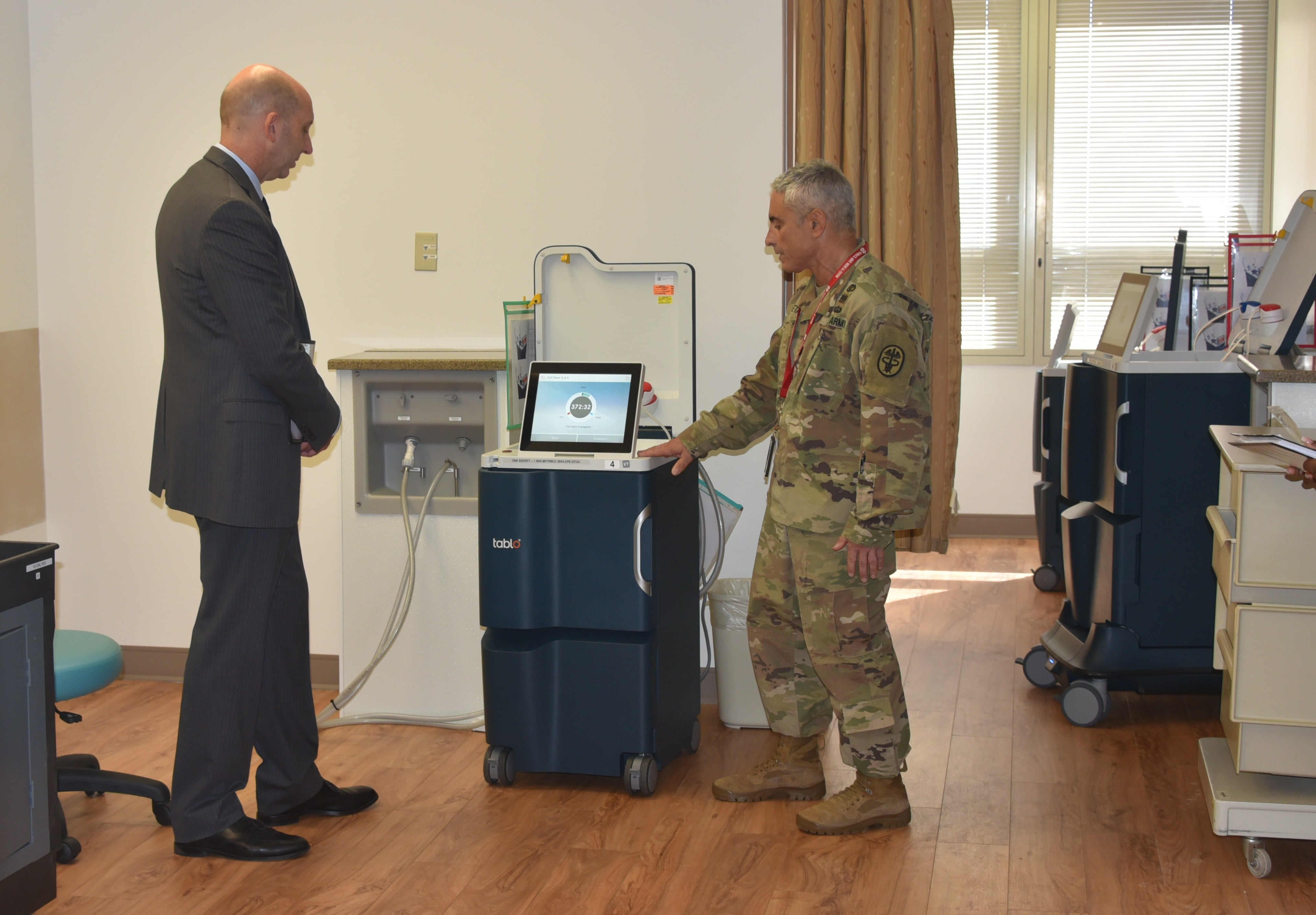WASHINGTON, D.C. — Science and technology chiefs for each service and the Defense Advanced Research Projects Agency urged a united effort with military, academia and industry to develop a "new technology offset" that will reverse the loss of technological superiority and overcome the resulting erosion of operational capabilities.
The rare public panel was part of the Naval Future Force Science and Technology Expo, which is being held Wednesday and Thursday. Each S&T chief reiterated statements from top leaders, to include including Defense Secretary Chuck Hagel and President Barack Obama, that flatly declare American dominance on the seas, in the skies and in space can no longer be taken for granted. Hagel has specifically called for enhanced mutual reliance among service scientists and researchers to offset some of these risks.
At times, such collaboration can be akin to fitting a square peg in a round hole.
This was evident when Alan Shaffer, principal deputy for the assistant secretary of defense for research and engineering, declared that, in light of continuing budget cuts, a smaller force with exquisite capabilities is better than a larger force with hollow capabilities.
One industry attendee countered that "quantity has a quality all its own."
Mary Miller, deputy assistant secretary of the Army for research and technology, leaned more to the latter approach. It was evident that deep cuts are cutting at the Army's nerve, and with good reason. The service has bore the brunt of cuts to compensate for a huge surge in numbers during the ground war. Some say the cuts have gone too deep, as the Pentagon looks to protect sea and air capabilities.
"Land combat happens to be an up-close and personal endeavor, a contest of wills," Miller said. That contest requires numbers, and each individual soldier requires a wide array of weapons and gear to accomplish the numerous tasks that can be assigned, she continued. Technology can help reduce the bulk; Miller pointed to direct energy weapons as an example. But overall, a few pieces of awesome gear doesn't trump a plentiful number of capable gear, she said.
The panel commended Army leaders, who have not cut for not cutting the S&T budget during the budget melee. But leadership has required a reorientation within the community. Its scientists now have a more direct role in prototype production and subsequent experimentation, for example.
Steven Walker, DARPA's deputy director, offered a middle ground on the issue of quality vs. quantity. He affirmed a potential worth of high numbers when it comes to small, low-cost technologies, but said there still is a place for high-end systems.
Despite these differences, the chiefs were in agreement agreed on most issues, to include including the priority for a new technology offset. The last came in the 1970s when the Soviets had an overwhelming numeric superiority in Europe that demanded a response. The technology that emerged offset subsequent strategy and gave the United States an unmatched edge for more than a quarter century.
But that is the past.
Shaffer said he does not know what the next offset strategy will be, but is confident it will revolve around an increased use of autonomous or semi-autonomous platforms.
Frolic Stroll through the technologies on display at the expo and it is soon evident that the Navy is all-in when it comes to autonomous capabilities. Everything from vehicles to helicopters are in the works. Also on hand are autonomous boats that last summer demonstrated the ability to collectively and intelligently swarm an adversary. Air vehicle demonstrations will soon follow, said Rear Adm. Mat Winter, the Navy's S&T chief, who said autonomous vehicles provide prominence to warfighting capabilities.
Shaffer also stressed the need for interoperability of technologies among services and allies, enhanced use of models and simulation, and the need to constantly push prototypes to the fleet for interim operational use and feedback that can help make realistic course corrections throughout development.
All the chiefs agreed that solutions must be user-friendly, as troops are getting buried by information overload and increasingly complex controls.
While the technology offset is worked out, research departments must continue to deal with current and anticipated threats, Shaffer said. Specifically, he said "we've got to do more" in cyber, counter-space technologies, simultaneous cruise and ballistic missile defense, and electronic warfare. Regarding the latter, we've entered an era where nations can "negate a lot of our high-end assets," he said.
Ultimately, scientists and researchers have to step up and "create technology surprise for our adversaries and potential adversaries," Shaffer told those assembled. "Give them something to think about. Give them something to worry about."





